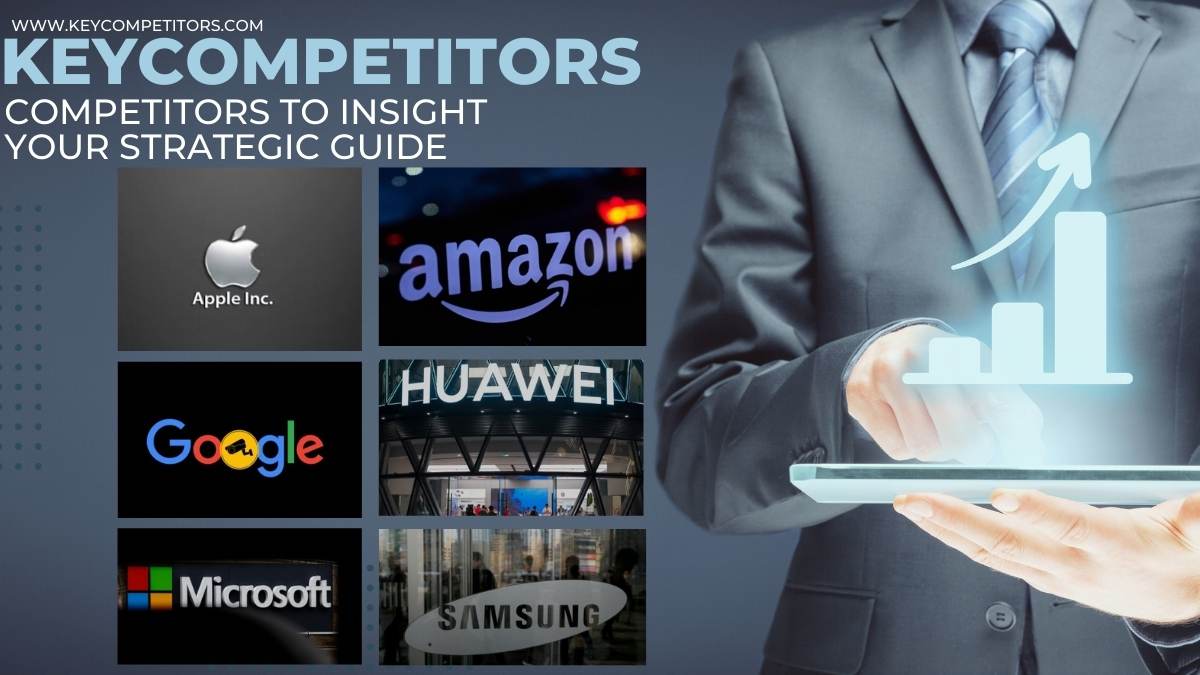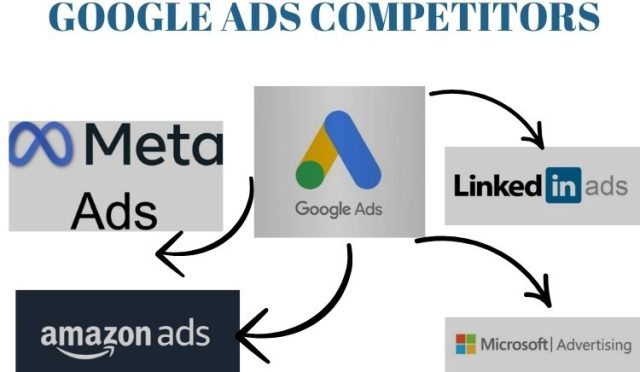Introduction
This Apple competitors analysis examines the competitive landscape of consumer electronics, software, and services, where Apple has established a unique ecosystem. Apple’s competitors include a mix of established tech giants, emerging hardware and software companies, and platform rivals; consequently, the company faces constant pressure to innovate and maintain its market position. Understanding the strengths and weaknesses of these Apple competitors is crucial for consumers seeking tech solutions and for investors tracking the dynamic tech industry; in addition, this knowledge helps inform decisions about purchasing and investment strategies.
The Apple Ecosystem and Its Rivals
Apple has built a powerful ecosystem centered around its hardware (iPhone, Mac, iPad, Apple Watch), software (iOS, macOS), and services (App Store, iCloud, Apple Music). This integrated approach creates a loyal customer base but also faces intense competition from companies offering similar or alternative products and services.
Key Apple Competitors
This analysis will explore some of the most prominent Apple competitors:
Company/Platform Overview
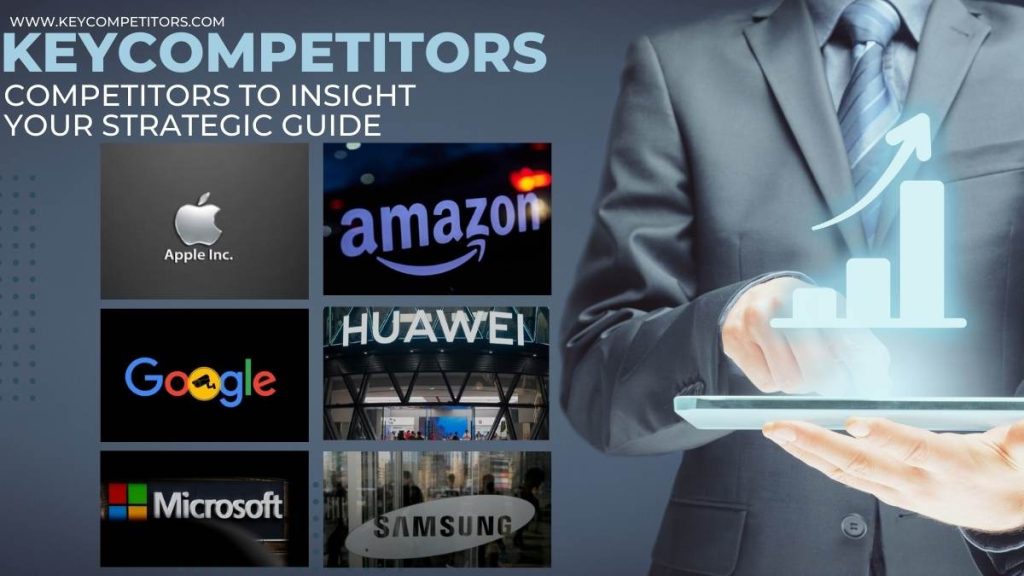
| Feature | Apple | Samsung | Microsoft | Amazon | Huawei | |
| Founded | 1976 | 1938 | 1998 | 1975 | 1994 | 1987 |
| Target Audience | Premium consumers, creative professionals, ecosystem users | Broad consumer market, Android users, diverse product range | Android ecosystem users, cloud service consumers, AI enthusiasts | Enterprise users, software developers, gaming enthusiasts | E-commerce consumers, smart home users, cloud service consumers | Broad consumer market, telecommunications industry |
| Key Features | Integrated hardware and software, premium design, user experience, ecosystem | Diverse hardware portfolio, Android OS, display technologies, global reach | Android OS, search engine, cloud services (Google Cloud), AI, hardware (Pixel) | Windows OS, Office Suite, Azure cloud, Xbox gaming, Surface hardware | E-commerce, AWS cloud, Alexa smart home, Kindle devices | Telecommunications equipment, smartphones, consumer electronics |
| Focus | Premium hardware and software, integrated ecosystem, user experience | Consumer electronics, smartphones, displays, semiconductors | Search engine, cloud services, Android OS, AI | Software, cloud computing, enterprise solutions, gaming | E-commerce, cloud computing, smart home, digital content | Telecommunications, consumer electronics, networking |
Market Presence and Share (Approximate)
- Apple: Strong presence in premium smartphones, laptops, and tablets; dominant in wearables.
- Samsung: Leading smartphone vendor globally, diverse consumer electronics portfolio.
- Google: Dominant in search, Android OS, growing cloud services.
- Microsoft: Dominant in enterprise software, strong in cloud computing, gaming.
- Amazon: Leading e-commerce platform, dominant in cloud infrastructure, growing smart home presence.
- Huawei: Strong in telecommunications, significant smartphone presence (varies by region).
Service Range of the Apple Competitors
- Apple: iPhone, Mac, iPad, Apple Watch, iOS, macOS, App Store, iCloud, Apple Music, Apple TV+, Apple Pay.
- Samsung: Galaxy smartphones, tablets, TVs, home appliances, displays, semiconductors.
- Google: Android OS, Search, Gmail, Google Drive, Google Cloud, Pixel smartphones, Nest devices, YouTube.
- Microsoft: Windows OS, Office Suite, Azure cloud, Xbox gaming, Surface devices, LinkedIn.
- Amazon: Amazon.com, AWS cloud, Alexa, Echo devices, Kindle, Prime Video.
- Huawei: Smartphones, tablets, laptops, telecommunications equipment, networking solutions.
Strengths and Weaknesses of the Apple Competitors
Apple:
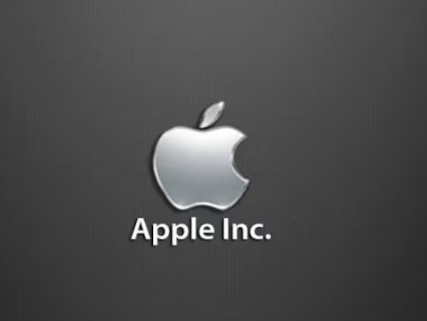
- Strengths: Strong brand loyalty, integrated ecosystem, premium design, user experience.
- Weaknesses: Higher prices, limited customization, closed ecosystem.
Samsung:
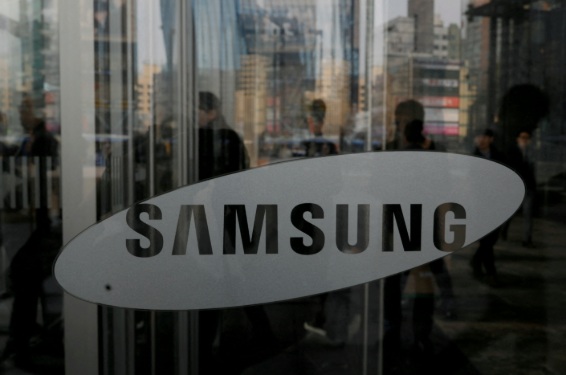
- Strengths: Diverse product range, global reach, Android platform, display technologies.
- Weaknesses: Less integrated ecosystem, fragmented software updates.
Google:

- Strengths: Dominant in search, Android OS, AI capabilities, cloud infrastructure.
- Weaknesses: Privacy concerns, fragmented Android ecosystem, hardware execution varies.
Microsoft:
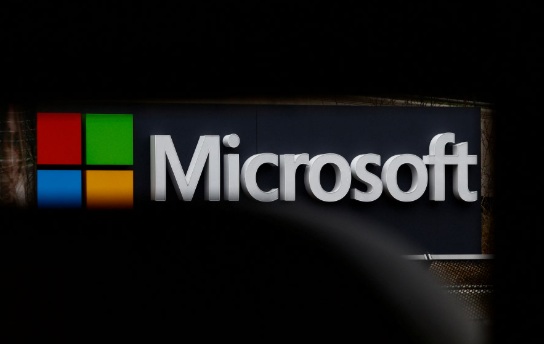
- Strengths: Strong enterprise solutions, cloud computing (Azure), software expertise, gaming (Xbox).
- Weaknesses: Hardware efforts sometimes inconsistent, mobile efforts have seen limited success.
Amazon:
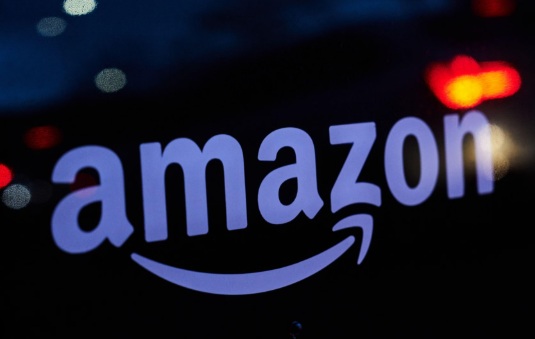
- Strengths: E-commerce dominance, AWS cloud leadership, strong smart home presence (Alexa).
- Weaknesses: Hardware focus is variable, and some consumers have reservations about Amazons data collection.
Huawei:
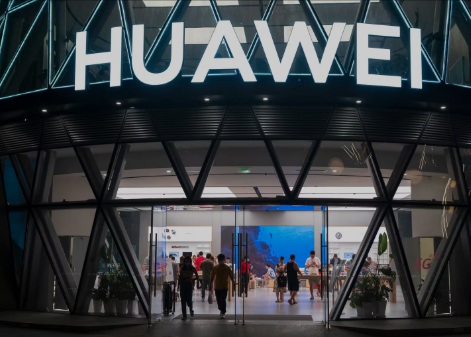
- Strengths: Telecommunications infrastructure, hardware expertise, strong in some emerging markets.
- Weaknesses: Geopolitical challenges, limited access to Google services in some regions.
Key Competitive Factors
- Ecosystem Integration: Seamless interaction between hardware, software, and services.
- Hardware Design and Quality: Premium materials, design, and manufacturing.
- Software Innovation: Operating systems, applications, and AI capabilities.
- Cloud Services: Cloud infrastructure, storage, and computing.
- Brand Loyalty: Customer trust and affinity for the brand.
Head-to-Head Comparison Between the Apple Competitors
- Apple vs. Samsung: Apple focuses on a premium integrated experience, while Samsung offers a wider range of Android-based hardware.
- Apple vs. Google: Apple controls its hardware and software, while Google provides the Android OS for various manufacturers.
- Apple vs. Microsoft: Apple caters to consumers with an emphasis on design and simplicity, while Microsoft focuses on enterprise and software solutions.
Consumer Preferences
- Premium Users: Prioritize design, user experience, and ecosystem integration.
- Android Users: Value customization, affordability, and wide hardware selection.
- Enterprise Users: Seek robust software solutions, cloud services, and security.
- Smart Home Users: Prioritize seamless integration and voice control.
Considerations:
- Individual needs, budget, and platform preferences are crucial factors in choosing tech products and services.
- Consider the brand’s ecosystem, hardware quality, software innovation, and customer support.
Conclusion
The tech industry is highly competitive, with various companies offering compelling alternatives to Apple’s ecosystem. Samsung, Google, Microsoft, Amazon, and Huawei present strong competition in different areas. The choice of platform and products depends on individual preferences for operating systems, hardware quality, ecosystem integration, and brand loyalty. By understanding the competitive landscape and the offerings of each company, consumers can make informed decisions to optimize their tech experience.
FAQ About Apple Competitors
Here is a comprehensive FAQ about Apple competitors, covering their strengths, weaknesses, and how they compare to Apple in various areas.
Who are Apple’s main competitors?
Apple’s main competitors include:
- Samsung: Known for its diverse hardware portfolio, Android devices, and global reach; as a result, it has established itself as a leading player in the tech industry, offering a wide range of products to meet various consumer needs.
- Google: Dominates the Android OS market, search engines, cloud services, and AI; therefore, it continues to lead in shaping digital experiences and innovations across multiple sectors, from mobile technology to artificial intelligence.
- Microsoft: Strong in enterprise software, cloud computing (Azure), and gaming (Xbox); as a result, it has built a diverse portfolio that caters to both businesses and consumers, positioning itself as a major force in various industries..
- Amazon: Leads in e-commerce, cloud services (AWS), and smart home devices (Alexa); as a result, it has established itself as a dominant player in multiple sectors, revolutionizing shopping, cloud computing, and home automation.
- Huawei: Prominent in telecommunications, smartphones, and consumer electronics; as a result, it has become a key player in the global tech market, offering innovative products and solutions across various industries.
How does Apple’s ecosystem compare to its competitors?
Apple’s ecosystem is highly integrated, offering seamless interaction between its hardware (iPhone, Mac, iPad, Apple Watch) and software (iOS, macOS); as a result, this level of integration creates a premium user experience that is both intuitive and efficient.
- Samsung: Offers a diverse range of Android devices but lacks the cohesive ecosystem Apple provides.
- Google: Focuses on Android OS and cloud services but relies on third-party hardware manufacturers.
- Microsoft: Strong in enterprise solutions but less focused on consumer ecosystem integration.
- Amazon: Focuses on smart home integration (Alexa, Echo) rather than a full ecosystem.
- Huawei: Strong in hardware but limited by geopolitical challenges and lack of access to Google services in some regions.
What are the strengths of Apple competitors?
- Samsung: Global reach, diverse product portfolio, advanced display technologies.
- Google: Dominance in search, Android OS, and AI capabilities.
- Microsoft: Enterprise solutions, cloud computing (Azure), and gaming expertise.
- Amazon: E-commerce dominance, AWS cloud leadership, and smart home innovation.
- Huawei: Telecommunications infrastructure, hardware expertise, and strong presence in emerging markets.
What are the weaknesses of Apple competitors?
- Samsung: Less integrated ecosystem and fragmented Android updates.
- Google: Privacy concerns and inconsistent hardware execution.
- Microsoft: Struggles with consumer hardware and has limited success in mobile devices.
- Amazon: Hardware focus is inconsistent, and data privacy concerns exist.
- Huawei: Geopolitical issues and limited access to Google services in certain regions.
How does Apple compete with Samsung?
- Apple: Focuses on premium design, user experience, and a tightly integrated ecosystem.
- Samsung: Offers a wider range of Android-based devices at various price points, appealing to a broader audience.
Key difference: Apple prioritizes a premium, closed ecosystem, while Samsung emphasizes diversity and affordability.
What sets Apple apart from Google?
- Apple: It controls both hardware and software, ensuring consistency and seamless integration; as a result, this enables a smoother user experience and greater reliability across all devices and services.
- Google: It provides the Android OS for various manufacturers, resulting in a fragmented ecosystem; however, Google excels in AI, search, and cloud services, offering powerful tools and solutions across multiple platforms.
Microsoft vs Apple Competition
- Apple: Targets consumers with a focus on design, simplicity, and ecosystem integration; as a result, it creates a seamless user experience that appeals to those seeking premium, intuitive products that work effortlessly together.
- Microsoft: Focuses on enterprise users with robust software solutions (Windows, Office Suite) and cloud services (Azure); as a result, it provides businesses with essential tools for productivity, collaboration, and scalable cloud infrastructure, solidifying its position as a leader in the enterprise space.
Key difference: Apple is consumer-oriented, while Microsoft is enterprise-focused.
Amazon vs Apple Competition
- Apple: Offers premium hardware and services like iPhones, iPads, and Apple Music.
- Amazon: Competes in smart home technology (Alexa, Echo) and digital services (AWS, Prime Video).
Key difference: Amazon focuses on affordability and smart home solutions, while Apple emphasizes premium design and ecosystem integration.
Huawei vs Apple Competition
- Apple: It is known for its premium products and strong brand loyalty; in addition, the company consistently delivers high-quality performance and design that resonates with consumers.
- Huawei: Offers competitive hardware at lower prices but faces challenges due to geopolitical restrictions and limited access to Google services.
What factors should consumers consider when choosing between Apple and its competitors?
- Ecosystem: Apple offers a seamless ecosystem, while competitors like Samsung and Google provide more flexibility.
- Hardware Quality: Apple is known for its premium design, while competitors like Huawei and Samsung offer diverse options; as a result, consumers have a wider range of choices, catering to different preferences and budgets.
- Software: Apple’s iOS and macOS are highly optimized, while Android (Google) offers more customization; therefore, users can choose between a seamless, controlled experience or a more flexible, personalized one depending on their preferences.
- Budget: Apple targets premium users, while competitors like Samsung, Huawei, and Amazon cater to a broader audience; as a result, these companies appeal to a wider range of consumers with varying budgets and needs.
- Privacy: Apple emphasizes user privacy, whereas competitors like Google and Amazon face scrutiny over data practices; consequently, Apple positions itself as a leader in protecting consumer information, which appeals to privacy-conscious users.
Which competitor has the largest market share in smartphones?
- Samsung: Leads the global smartphone market with its wide range of Android devices; furthermore, it continues to innovate and expand its offerings to meet diverse consumer needs.
- Apple: Dominates the premium smartphone segment.
How do Apple’s services compare to its competitors?
- Apple: offers services like iCloud, Apple Music, Apple Pay, and Apple TV+, all integrated into its ecosystem; as a result, users benefit from a seamless, unified experience across multiple devices and platforms.
- Competitors:
- Google: Dominates with services like Search, Gmail, Google Drive, and YouTube; therefore, it provides a comprehensive suite of tools that are deeply integrated into daily online activities, making it an essential part of users’ digital lives.
- Amazon: Focuses on AWS, Prime Video, and Alexa smart home services; as a result, it has established itself as a leader in cloud computing, entertainment, and smart home technology, offering a diverse range of services to meet various consumer needs.
- Microsoft: Excels in enterprise services like Azure and Office 365; consequently, it has become a dominant player in the business and cloud computing sectors, providing essential tools for organizations worldwide.
Why do some users prefer Apple over its competitors?
- Seamless ecosystem integration.
- Premium design and build quality.
- Strong emphasis on privacy and security.
- Consistent software updates and customer support.
Can Apple maintain its competitive edge?
Apple’s ability to innovate, expand its ecosystem, and maintain customer loyalty ensures its competitive edge. However, competitors like Samsung, Google, and Microsoft continue to challenge Apple in various areas, keeping the tech industry dynamic.
Which competitor is best for enterprise users?
- Microsoft: Dominates the enterprise space with Windows OS, Office Suite, and Azure cloud services; as a result, it remains a key player in both business productivity and cloud computing, powering organizations globally.
- Google: Offers competitive cloud services and collaboration tools like Google Workspace; as a result, it provides businesses with powerful solutions for communication, file storage, and productivity, rivaling other major players in the market.
What role does brand loyalty play in Apple’s competition?
Apple enjoys one of the highest levels of brand loyalty due to its premium design, user experience, and ecosystem integration; as a result, many customers remain dedicated to the brand, creating a strong and consistent consumer base. Competitors like Samsung and Google also have loyal customer bases, but Apple’s focus on exclusivity and seamless integration sets it apart.
What are the key trends in the competition between Apple and its rivals?
- Ecosystem Expansion: Competitors like Google and Amazon are expanding their ecosystems to challenge Apple; therefore, they aim to offer more integrated experiences that could potentially rival Apple’s dominance in the market.
- AI and Cloud Services: Google and Microsoft are leveraging AI and cloud computing to compete with Apple’s services; as a result, they are enhancing their offerings and creating more robust alternatives to Apple’s ecosystem.
- Smart Home Integration: Amazon and Google are focusing heavily on smart home devices to compete with Apple’s HomeKit. Consequently, they are working to offer more versatile and affordable solutions to attract consumers to their ecosystems.
How does Apple’s pricing strategy compare to its competitors?
- Apple: It targets premium users with higher price points; therefore, the brand is able to position itself as a luxury option, focusing on quality and exclusivity for a more discerning audience.
- Competitors: Companies like Samsung and Huawei offer products across a wider price range, catering to budget and mid-range consumers; as a result, they can attract a broader audience, making their devices accessible to various market segments.
Is Apple’s closed ecosystem a strength or a weakness?
- Strength: It ensures seamless integration, security, and a premium user experience; thus, creating a cohesive environment that enhances overall satisfaction and user trust.
- Weakness: It limits customization and forces users to stay within Apple’s ecosystem; as a result, some users may feel restricted in their ability to personalize their devices or switch to alternative platforms.
What should investors know about Apple competitors?
Investors should track how competitors like Samsung, Google, Microsoft, Amazon, and Huawei innovate and expand their market presence. Each competitor has unique strengths in areas such as cloud computing, AI, and hardware, which can influence market dynamics. Additionally, observing how these companies adapt to consumer preferences and tech advancements provides insights into their growth potential. By understanding their strategies and market positioning, investors can make informed decisions about how these companies may impact Apple’s long-term success.

